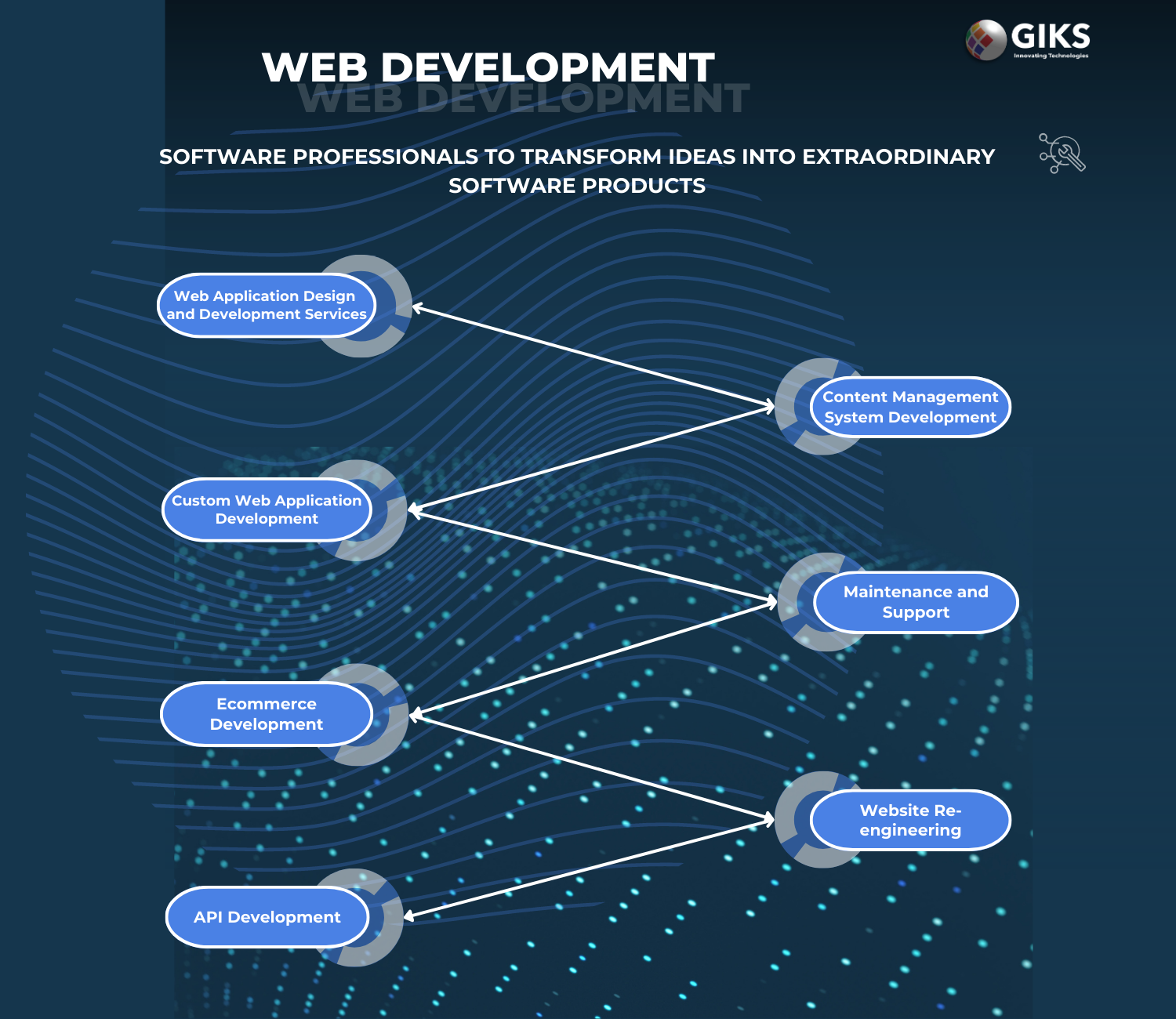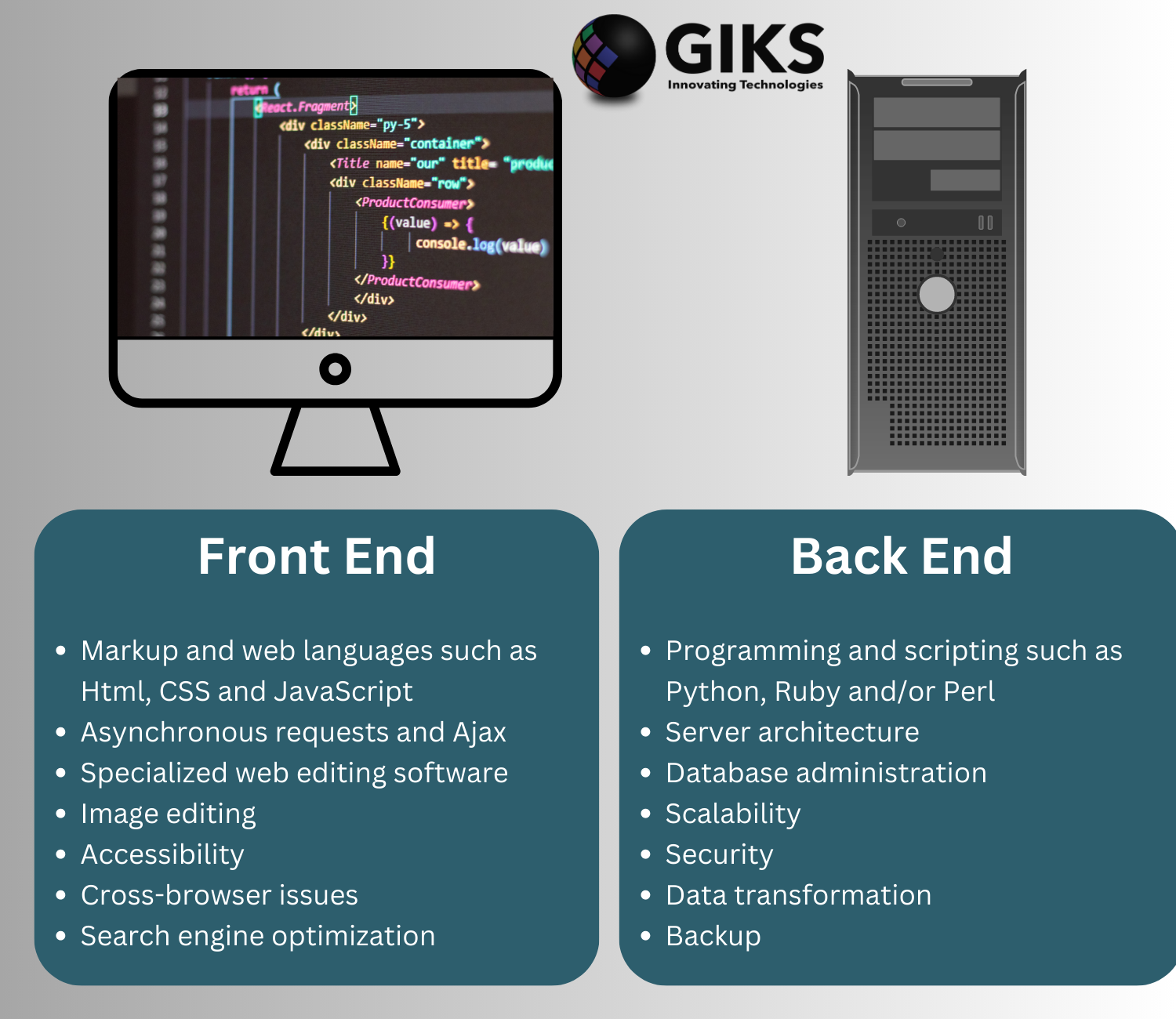Introduction:
In today's digital age, a website serves as the online storefront for businesses, making it crucial to understand how it performs and how users interact with it. Web analytics tools have become indispensable in this regard, offering valuable insights into website traffic, user behavior, and conversion rates. In this blog, we'll delve into the world of web analytics tools, exploring their significance, key features, and some popular options for monitoring and optimizing your website's performance.

Why Web Analytics Tools Matter
Understanding how your website performs is essential for making informed decisions and maximizing its effectiveness. Web analytics tools provide a wealth of data that can help you:
- Measure Website Traffic: Track the number of visitors to your site, pageviews, and other key metrics to assess your site's popularity and reach.
- Analyze User Behavior: Gain insights into how users navigate your site, which pages they visit, how long they stay, and where they drop off.
- Conversion Tracking: Monitor goals and conversions, such as form submissions, downloads, or product purchases, to gauge the effectiveness of your marketing efforts.
- Identify Trends: Spot trends over time, such as changes in traffic patterns, seasonality, or the impact of marketing campaigns.
- Optimize User Experience: Use data to improve user experience, enhance content, and reduce friction points in the conversion process.
Now, let's explore some popular web analytics tools that can help you achieve these objectives:
Google Analytics
Key Features:- Comprehensive data on website traffic, user demographics, and behavior.
- Customizable dashboards and reports.
- E-commerce tracking for online stores.
- Integration with Google Ads and Search Console.
- Event tracking and goal setup.
Google Analytics is a widely used and free web analytics tool that provides a robust set of features for tracking and analyzing website performance. It's suitable for businesses of all sizes and offers both basic and advanced insights into user behavior.
Adobe Analytics
Key Features:- Real-time analytics and reporting.
- Advanced segmentation and audience targeting.
- Cross-channel tracking and attribution.
- Predictive analytics and AI-powered insights.
Adobe Analytics is a premium solution that offers advanced features for in-depth analysis and reporting. It's favored by large enterprises and organizations looking for comprehensive data to drive marketing decisions.
Matomo (formerly Piwik)
Key Features:- Open-source and self-hosted option available.
- GDPR-compliant and data privacy-focused.
- Customizable dashboards and reports.
- Heatmaps, session recordings, and A/B testing.
Matomo is a privacy-focused web analytics platform that allows you to host your data on your servers. This makes it a great choice for businesses that prioritize data privacy and security while still benefiting from valuable insights.
Hotjar
Key Features:- Heatmaps and session recordings.
- Conversion funnel analysis.
- Feedback and survey tools.
- User feedback and behavior analytics.
Hotjar is known for its user-centric approach to web analytics. It provides heatmaps, session recordings, and other tools to help you visualize user behavior and identify areas for improvement in the user experience.
Conclusion:
Web analytics tools are indispensable for monitoring and optimizing website performance. Whether you choose a free option like Google Analytics or invest in a premium tool like Adobe Analytics, the insights gained from these tools can inform your digital marketing strategies, improve user experience, and drive better results. Make the most of web analytics to ensure that your website is a powerful and effective tool for achieving your business goals.




